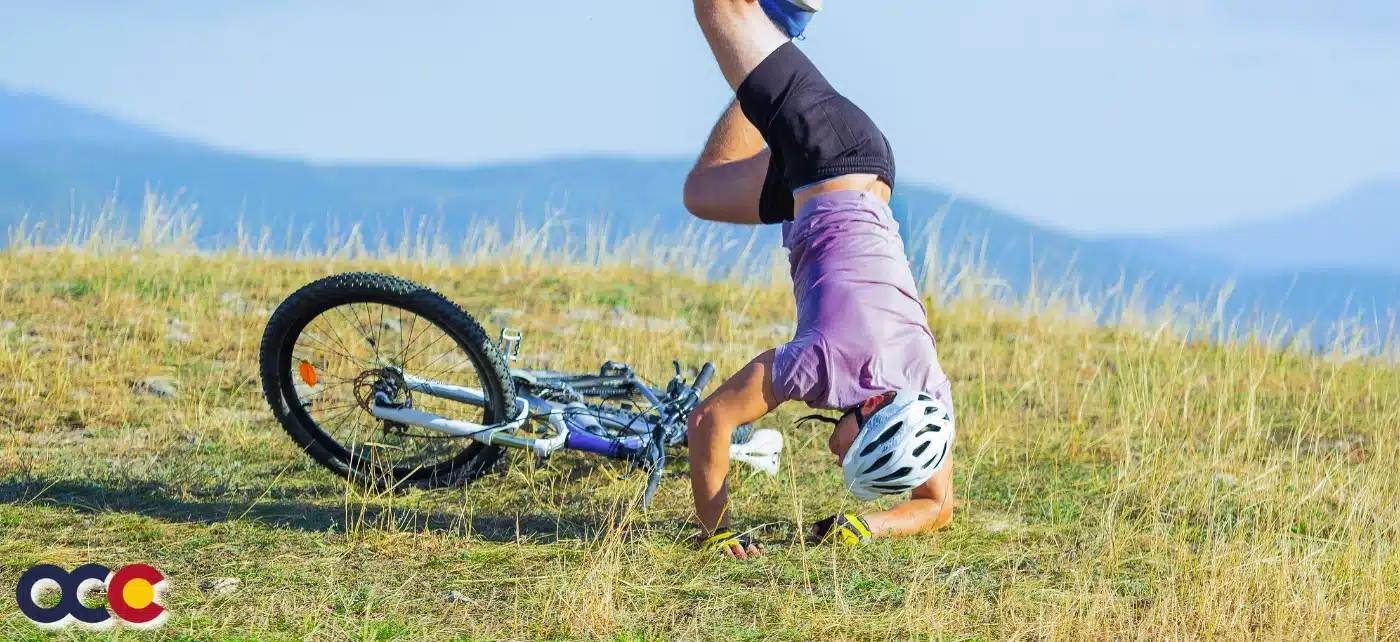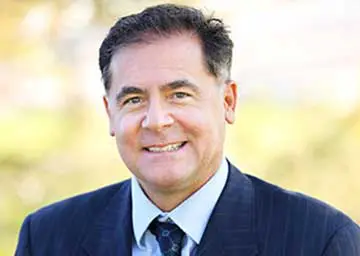If you have lumbar spinal stenosis, you may have trouble walking distances or find that you need to lean forward to relieve pressure on your lower back. Untreated, spinal stenosis worsens over time and can lead to a list of serious and permanent issues that go way beyond just pain. These problems range from numbness and weakness to permanent loss of feeling in your arms, hands, legs, and chest. It can lead to loss of bladder and bowel control, or cauda equine syndrome, which causes severe compression of the nerve roots in the lower back. With spinal stenosis, there is no question you need the best treatment available. You’ll find that at OCC – Advanced Orthopedic & Sports Medicine Specialists in Denver, Parker, and Aurora, Colorado. You need someone not only extremely skilled but someone you can trust.
OVERVIEW
Spinal stenosis happens when the space inside the backbone is too small. “Stenosis,” which means narrowing, can cause pressure on the spinal cord or the nerves that go from the spinal cord to the muscles. Spinal stenosis can happen in any part of the spine but is most common in the lower back. Spinal stenosis is relatively common. Degenerative spinal changes affect up to 95% of people by the age of 50. Spinal stenosis is one of those changes. For people over 65 undergoing spine surgery, lumbar spinal stenosis is the most common diagnosis. Younger people may be at higher risk of spinal stenosis if they have scoliosis or other spinal problems. Women have a higher risk of developing spinal stenosis than men.
ABOUT THE SPINE
The spine is made up of a series of connected bones, which are stacked in a column from the skull to the tailbone. The bones are called vertebrae, which are separated by spongy, shock-absorbing discs that cushion the bones so they don’t rub against each other. The spinal cord is a bundle of nerves that run through a tunnel formed by the vertebrae. This tunnel is called the spinal canal. With age, the spinal discs start to dry out and no longer cushion the bones, causing the spinal canal to narrow. Less space within the spinal canal cramps the spinal cord and the nerves that branch off it (nerve roots). The spine not only helps an individual stay upright but also flexes to allow flexing and bending. Additionally, the spine is a key part of the nervous system that connects the brain to the body.
WHAT IS SPINAL STENOSIS?
Spinal stenosis is the narrowing of the spinal column that causes pressure on the spinal cord or narrowing of the openings (called neural foramina) where spinal nerves leave the spinal column. There are two different types of this condition. The type you have depends on where your spine is. The condition is cervical stenosis, which is when the neck area of the spine is narrow, and lumbar stenosis, which is when the lower back area of the spine is narrow. Someone can have one or both types, but lumbar stenosis is the most common.
Read more about Spinal Stenosis on our new Orthopedic News Site – Colorado Orthopedic News. Schedule an appointment with a spine or pain specialist today.









